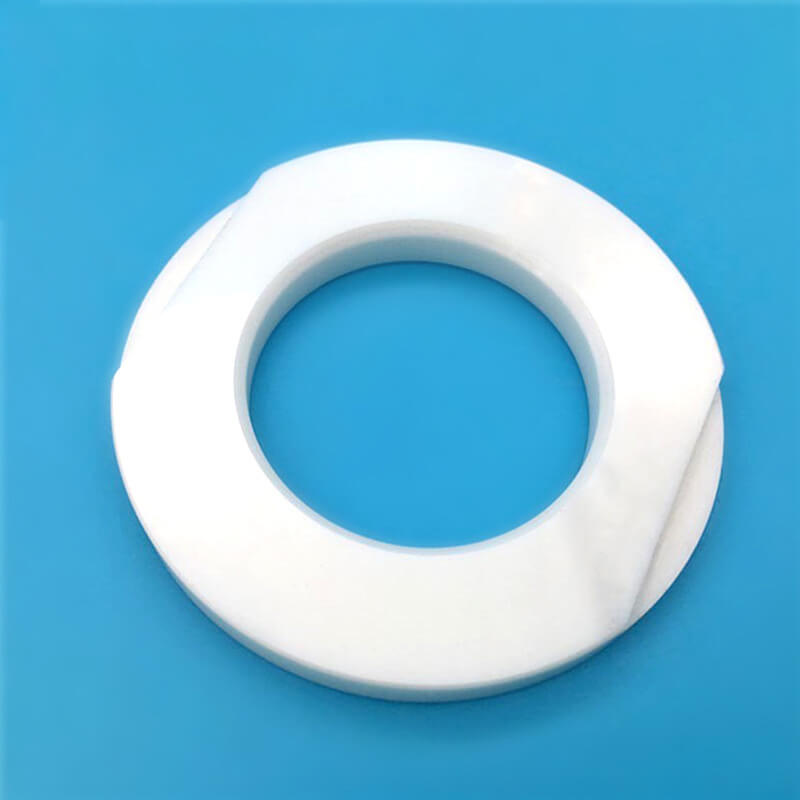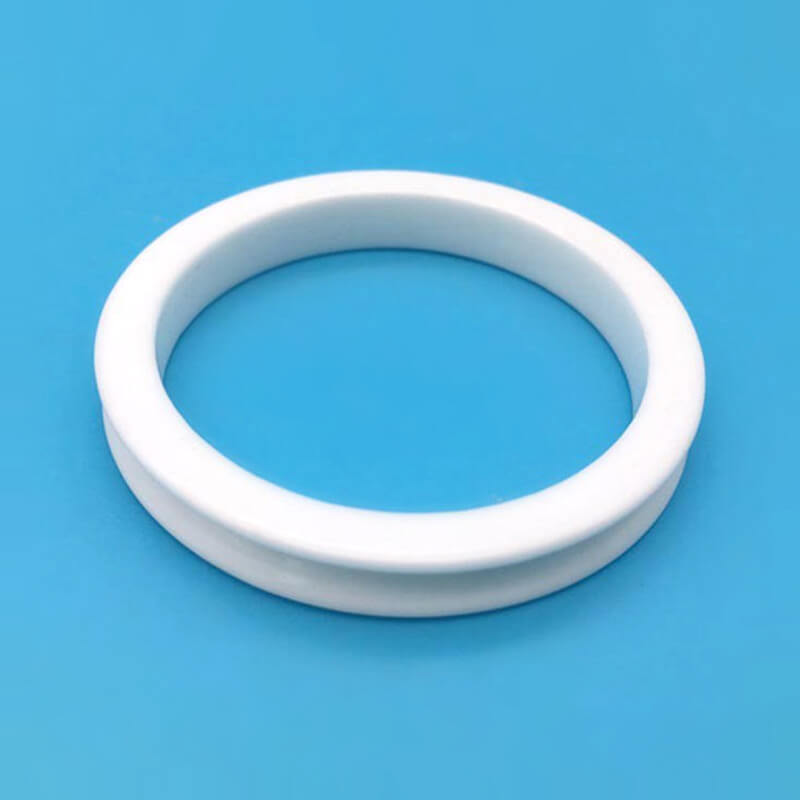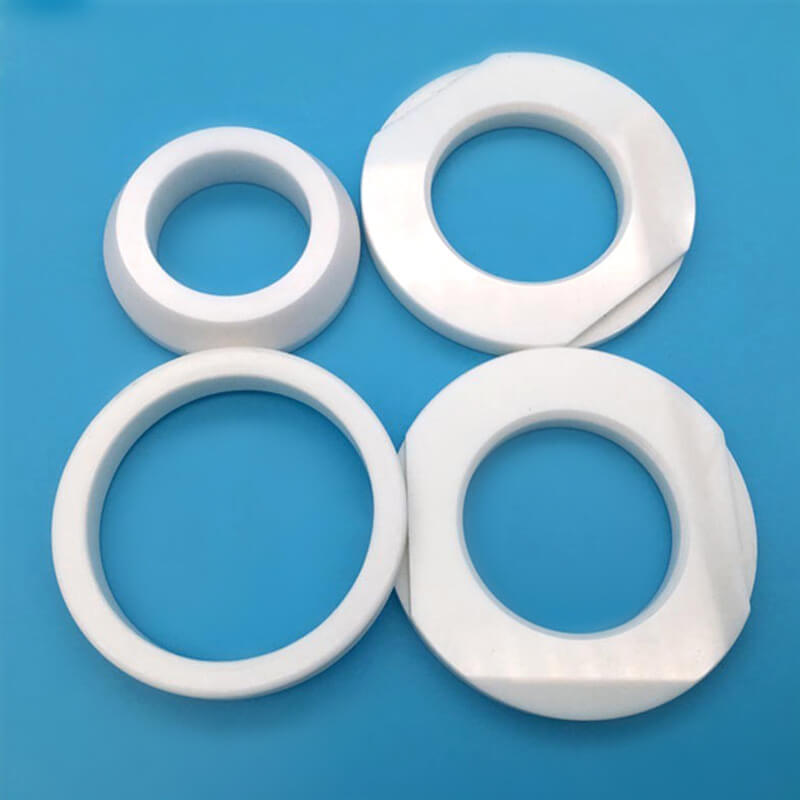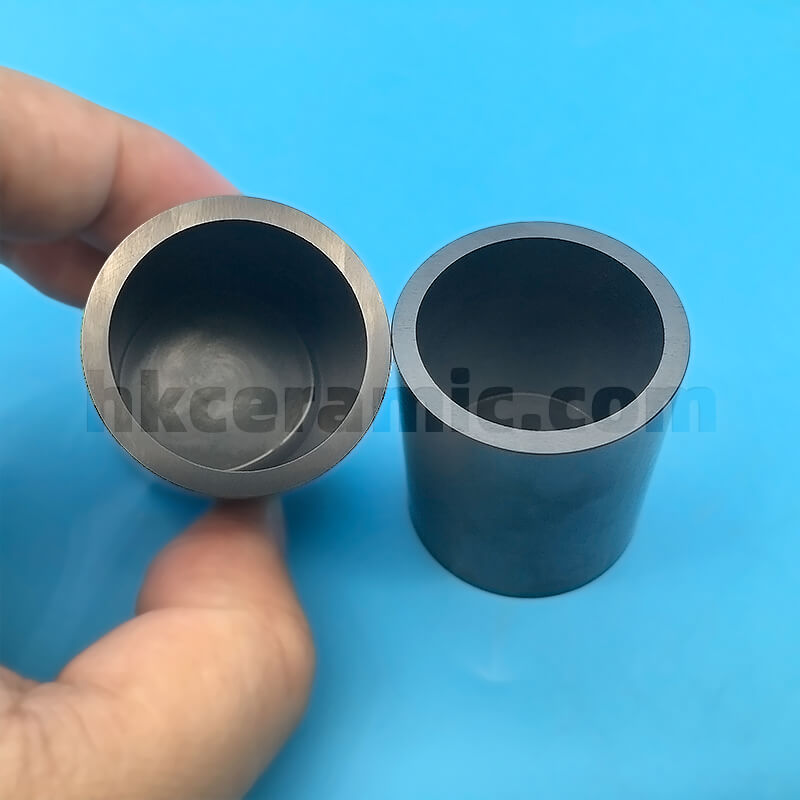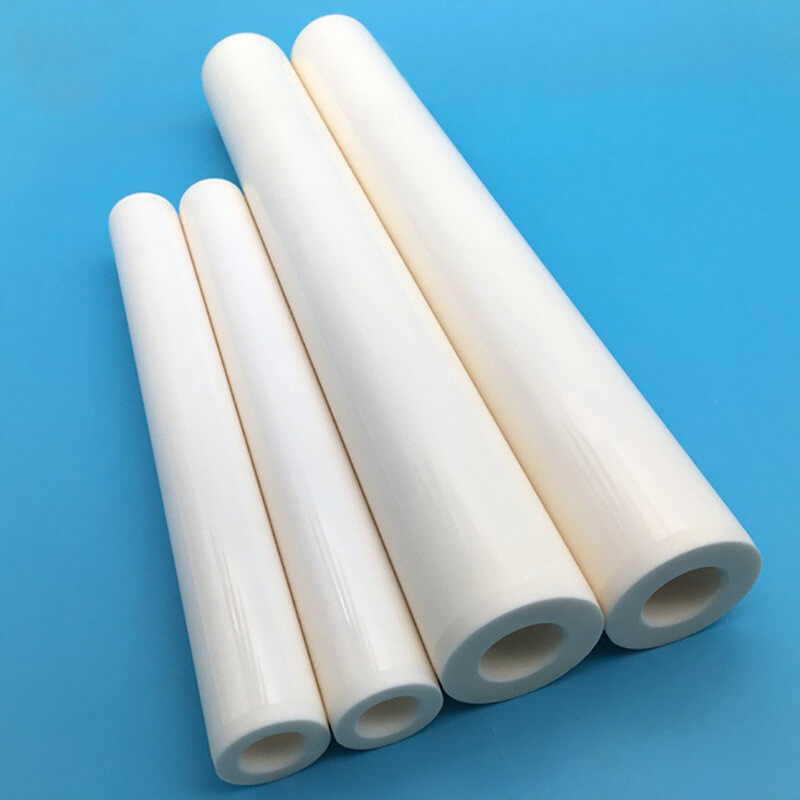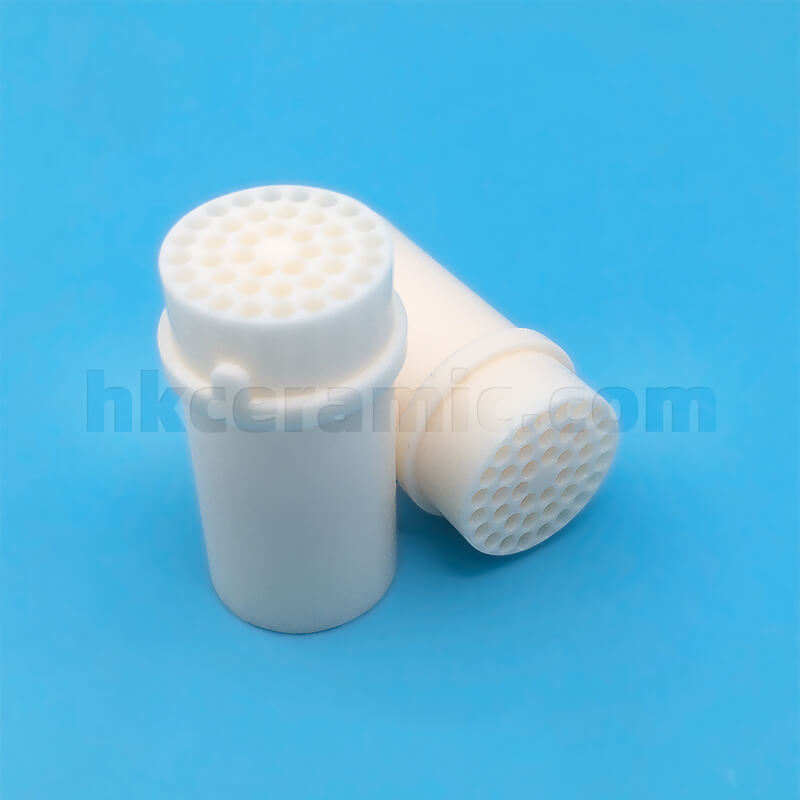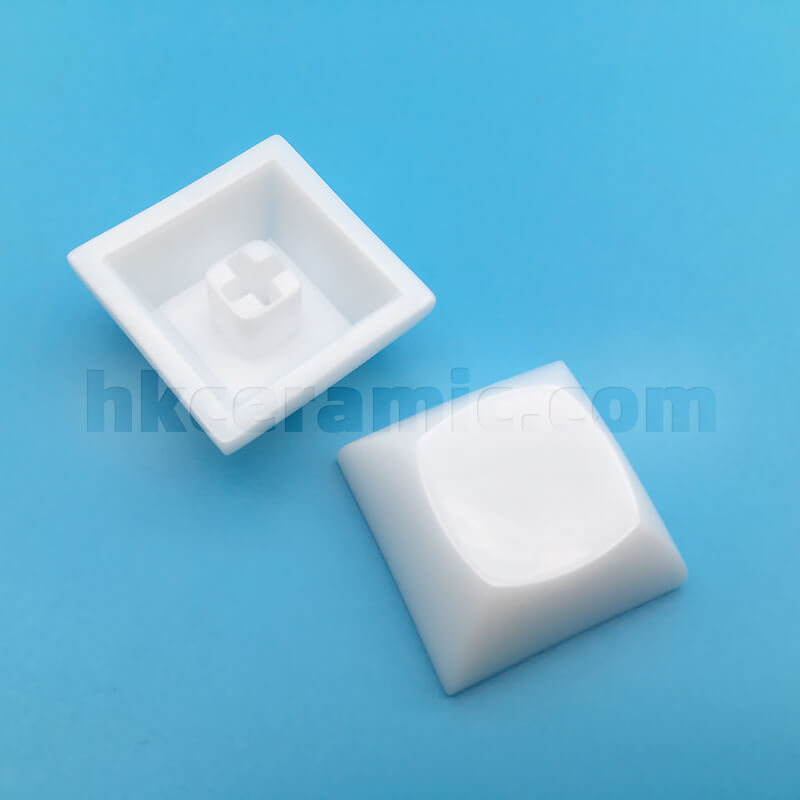Zirconia ceramic sealing rings
E-mail:sales01@hkceramic.com
Thermal Shock Resistance
Thermal shock resistance, also known as thermal stability or thermal impact resistance, refers to the ability of a material to withstand damage when subjected to rapid temperature changes. Specifically, when a material experiences drastic temperature changes in a very short time, it develops internal thermal stress, which can lead to cracking, delamination, or fracture. Zirconia ceramics, however, demonstrate outstanding thermal shock resistance, mitigating the formation of cracks and damage in equipment due to thermal shock.
Corrosion Resistance
In industrial settings, exposure to corrosive mediums such as acidic or alkaline solutions, and corrosive gases is common. Zirconia ceramics exhibit excellent corrosion resistance, allowing them to withstand prolonged exposure to harsh environments like strong acids and bases without significant corrosion damage.
High-Temperature Stability
At high temperatures, materials may undergo various chemical reactions such as oxidation, reduction, and decomposition, along with physical changes such as phase transitions and lattice structure alterations, leading to loss of stability, deformation, or embrittlement. Zirconia ceramics possess excellent high-temperature stability, maintaining stable physical and mechanical properties over extended periods in high-temperature environments.
Wear Resistance
Components made from traditional materials often experience severe wear under conditions of high-speed rotation and heavy loads. Zirconia ceramics offer exceptional wear resistance, maintaining stable performance in high-friction and high-wear environments.
Chemical Industry
1. Sealing Applications
In chemical production processes, a large number of seals are required to ensure equipment sealing and prevent media leakage. Corrosion-resistant and high-temperature-resistant sealing gaskets made of zirconia ceramics can withstand the working conditions of high pressure and high temperature, ensuring safe operation of equipment.
2. Valves and Piping Systems
Valves and piping components in chemical equipment endure the flow of media and pressure, requiring excellent corrosion resistance and high-temperature resistance. Valve and piping components made of zirconia ceramics can operate stably for long periods in corrosive media and high-temperature conditions, reducing equipment maintenance costs and downtime.
Aerospace
1. Aircraft Engine Components
Aircraft engines require numerous high-temperature and wear-resistant components to ensure stable operation. Seals, bushings, and other components made of zirconia ceramics can withstand high-temperature and high-speed conditions, enhancing performance and reliability.
2. Spacecraft Components
Spacecraft components demand materials that are resistant to high temperatures and wear to endure extreme space environments. Zirconia ceramics are used in spacecraft for manufacturing high-temperature seals, bearings, and other components, ensuring stable operation under extreme conditions.
3. Gas Turbine Components
Gas turbines are common power generation equipment in the energy sector, requiring components with excellent high-temperature wear resistance. Zirconia ceramics can be used to manufacture seals, bushings, and other components of gas turbines, extending equipment lifespan and maintenance intervals.
Energy Sector
1. Thermal Power Station Equipment
Thermal power stations require a large number of high-temperature and wear-resistant components to ensure stable operation. Seals, bushings, and other components made of zirconia ceramics can withstand high-temperature and high-pressure conditions, improving equipment performance and reliability.
2. Nuclear Power Equipment
The working environment of nuclear power equipment is extremely harsh, requiring materials with excellent high-temperature and corrosion resistance to ensure safe operation. Zirconia ceramics are used in nuclear power equipment to manufacture high-temperature seals, valve components, and other parts, ensuring long-term stable operation of equipment.
Dongguan Haikun New Material Co., Ltd.
A global advanced precision ceramics (special ceramics) manufacturer, focusing on the development, design, production and sales of advanced precision ceramic products, covering zirconium oxide, aluminum oxide, silicon nitride and other materials, which are widely used in aviation, aerospace, military industry, medical and other fields
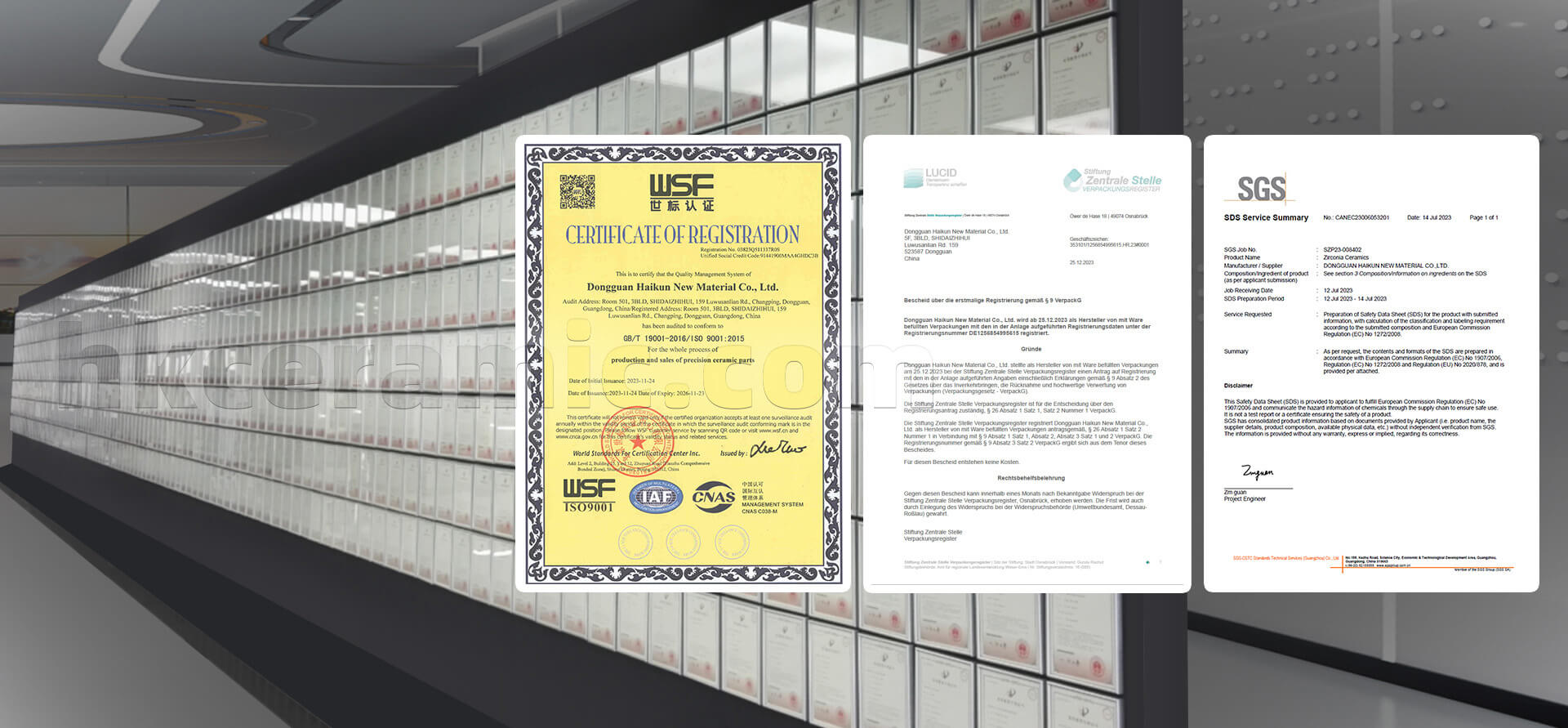

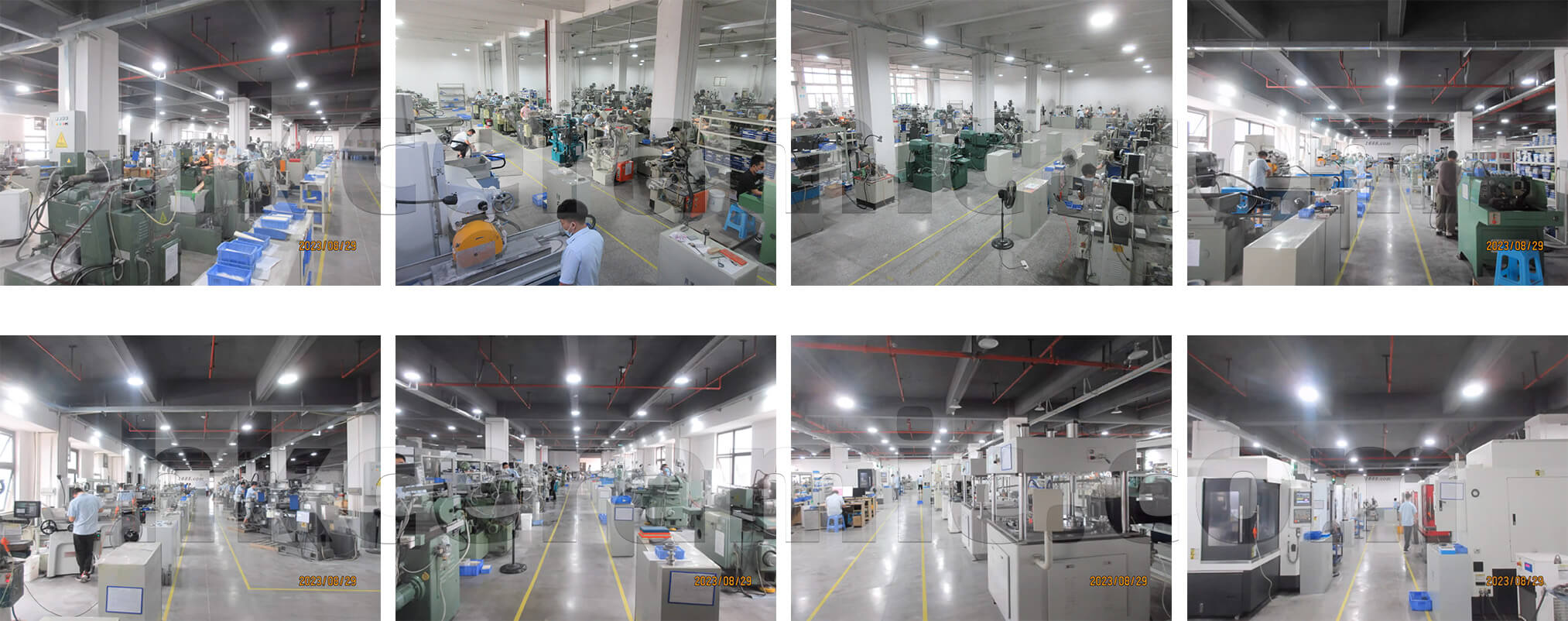
Comparison of ceramic material properties
Use our interactive ceramic material comparison chart to compare ceramic materials across different material properties.
Click the Property Button above to view the corresponding property comparison of precision ceramic materials
*The values in the table are typical material properties
Precision ceramic product customization process
Step 1
Contact us
Step 2
Technology Assessment
Step 3
Confirm the quotation
Step 4
Signing the contract
Step 5
Inspection and delivery
Step 6
Confirm Receipt

